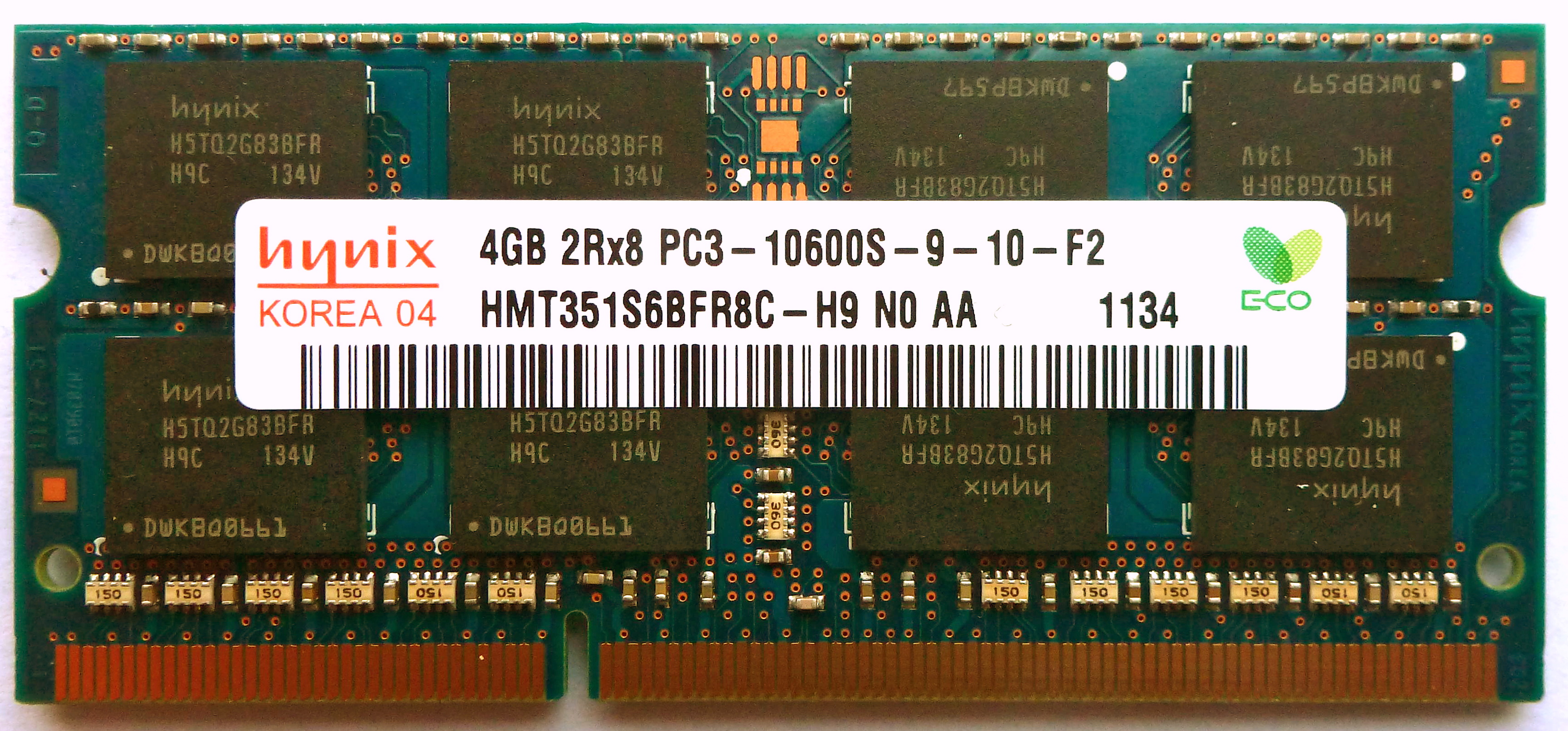Difference Between Serial And Random Access Memory Images
Example of random-access memory: Synchronous, primarily used as main memory in,, and. Random-access memory ( RAM ) is a form of that stores and currently being used. A memory device allows items to be or written in almost the same amount of time irrespective of the physical location of data inside the memory. In contrast, with other direct-access data storage media such as,, and the older and, the time required to read and write data items varies significantly depending on their physical locations on the recording medium, due to mechanical limitations such as media rotation speeds and arm movement. RAM contains and circuitry, to connect the data lines to the addressed storage for reading or writing the entry. Usually more than one bit of storage is accessed by the same address, and RAM devices often have multiple data lines and are said to be '8-bit' or '16-bit', etc.
In today's technology, random-access memory takes the form of. RAM is normally associated with types of memory (such as ), where stored information is lost if power is removed, although non-volatile RAM has also been developed. Contarex Bullseye Manual Muscle there. Other types of exist that allow random access for read operations, but either do not allow write operations or have other kinds of limitations on them. These include most types of and a type of called. Architectural And Cultural Guide Pyongyang Pdf Writer on this page.
Integrated-circuit RAM chips came into the market in the early 1970s, with the first commercially available DRAM chip, the, introduced in October 1970. 1 Megabit chip – one of the last models developed by in 1989 Early computers used, or for main memory functions. Ultrasonic delay lines could only reproduce data in the order it was written. Could be expanded at relatively low cost but efficient retrieval of memory items required knowledge of the physical layout of the drum to optimize speed. Latches built out of, and later, out of discrete, were used for smaller and faster memories such as registers.

Such registers were relatively large and too costly to use for large amounts of data; generally only a few dozen or few hundred bits of such memory could be provided. The first practical form of random-access memory was the starting in 1947. It stored data as electrically charged spots on the face of a. Download Free Software Eternelle Edith Piaf Rarest. Since the electron beam of the CRT could read and write the spots on the tube in any order, memory was random access. The capacity of the Williams tube was a few hundred to around a thousand bits, but it was much smaller, faster, and more power-efficient than using individual vacuum tube latches. Developed at the in England, the Williams tube provided the medium on which the first electronically stored-memory program was implemented in the (SSEM) computer, which first successfully ran a program on 21 June 1948.
In fact, rather than the Williams tube memory being designed for the SSEM, the SSEM was a to demonstrate the reliability of the memory. Was invented in 1947 and developed up until the mid-1970s. It became a widespread form of random-access memory, relying on an array of magnetized rings. By changing the sense of each ring's magnetization, data could be stored with one bit stored per ring.